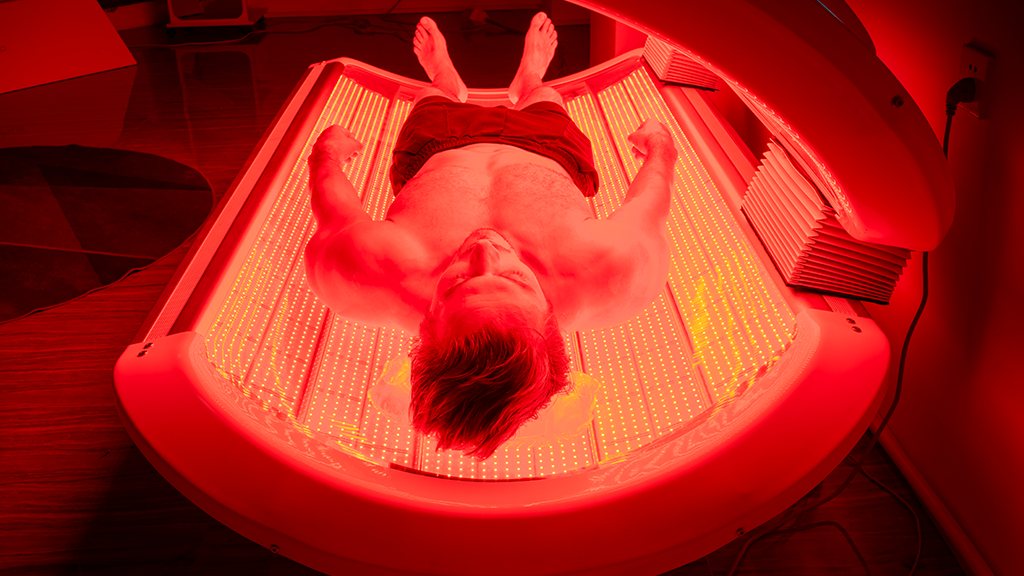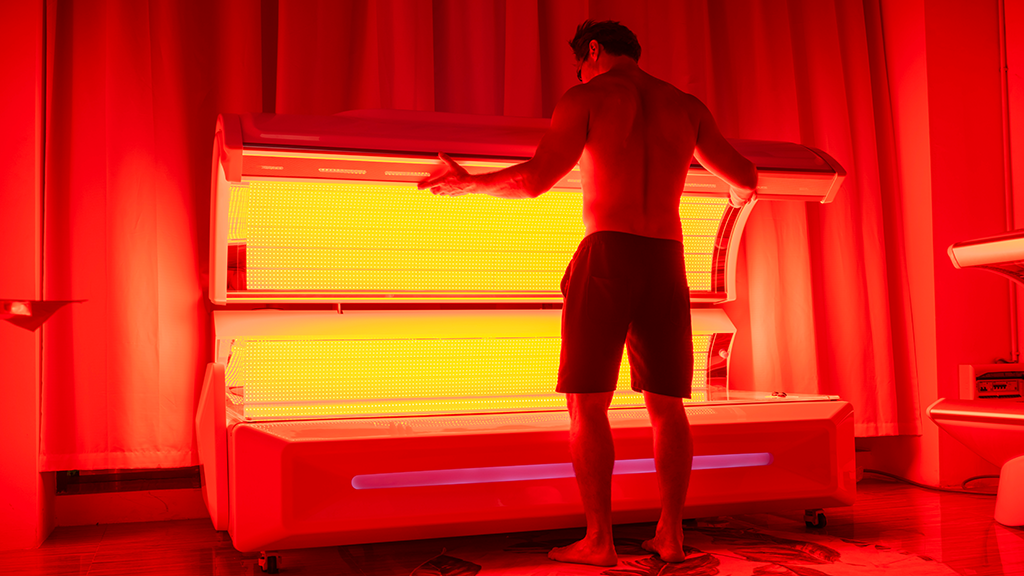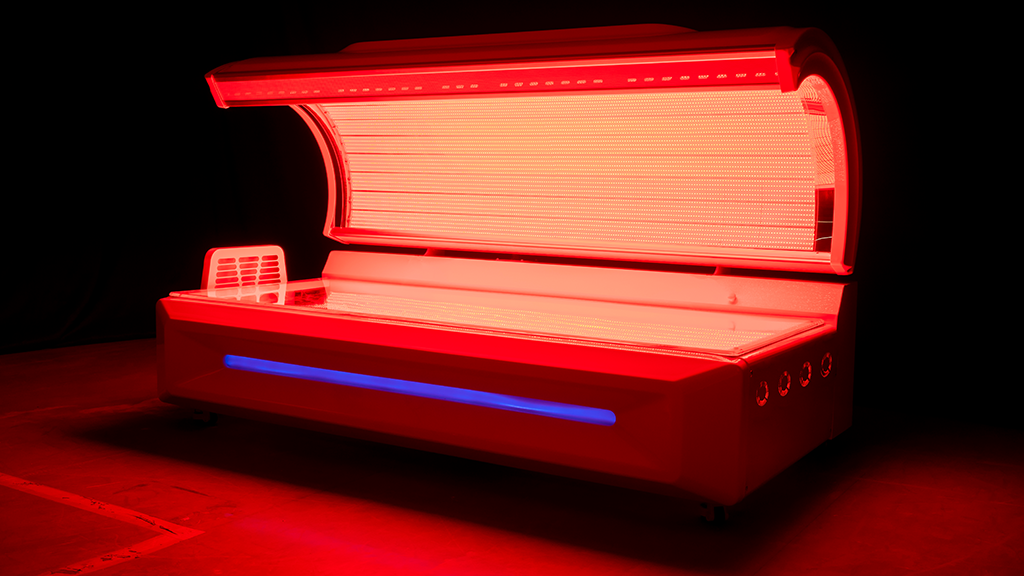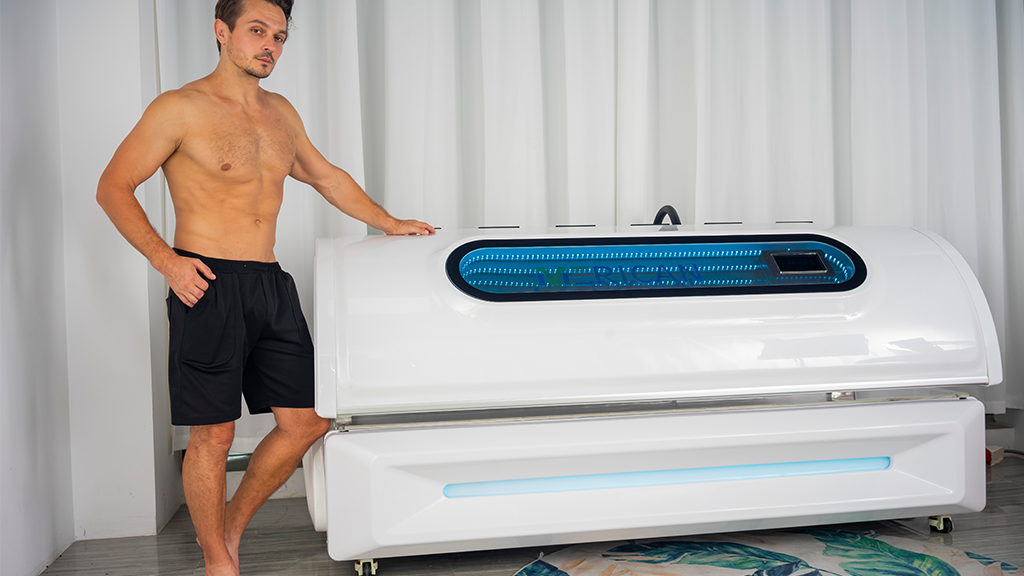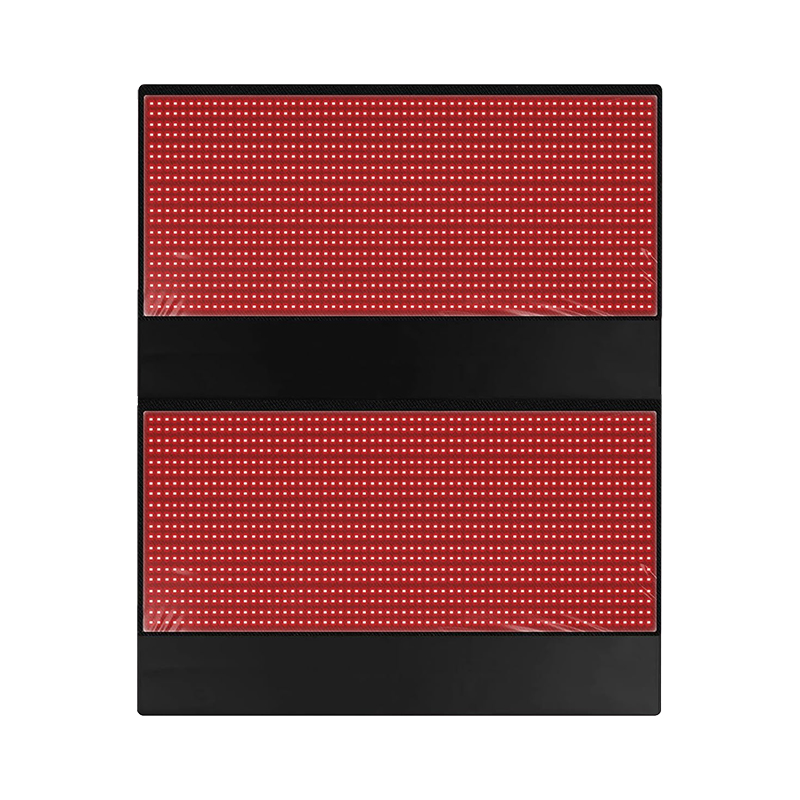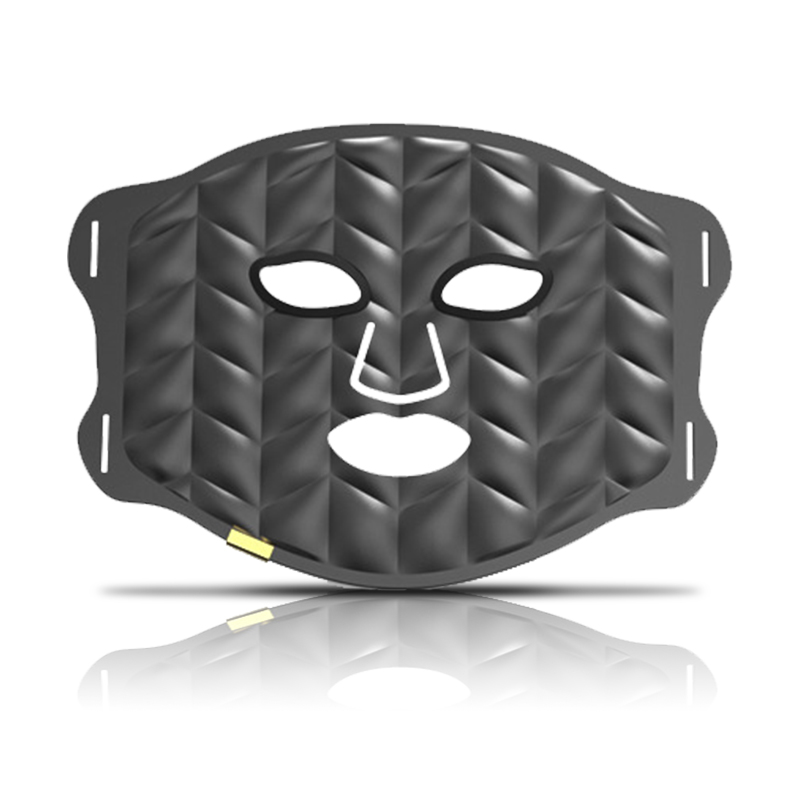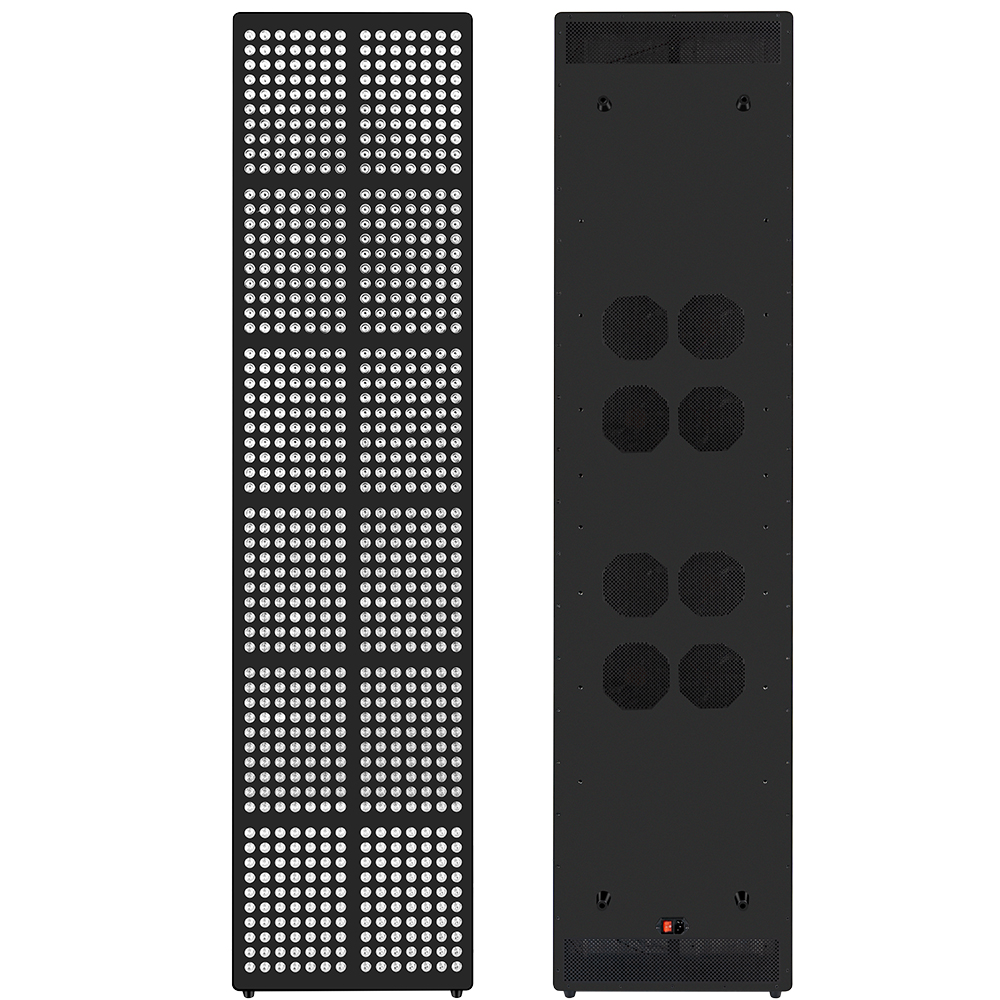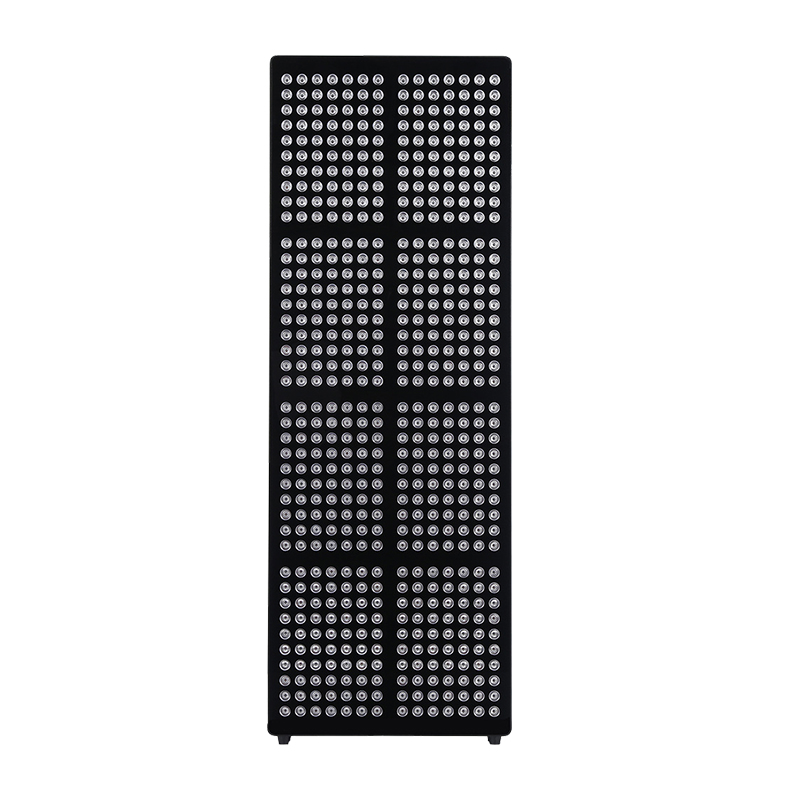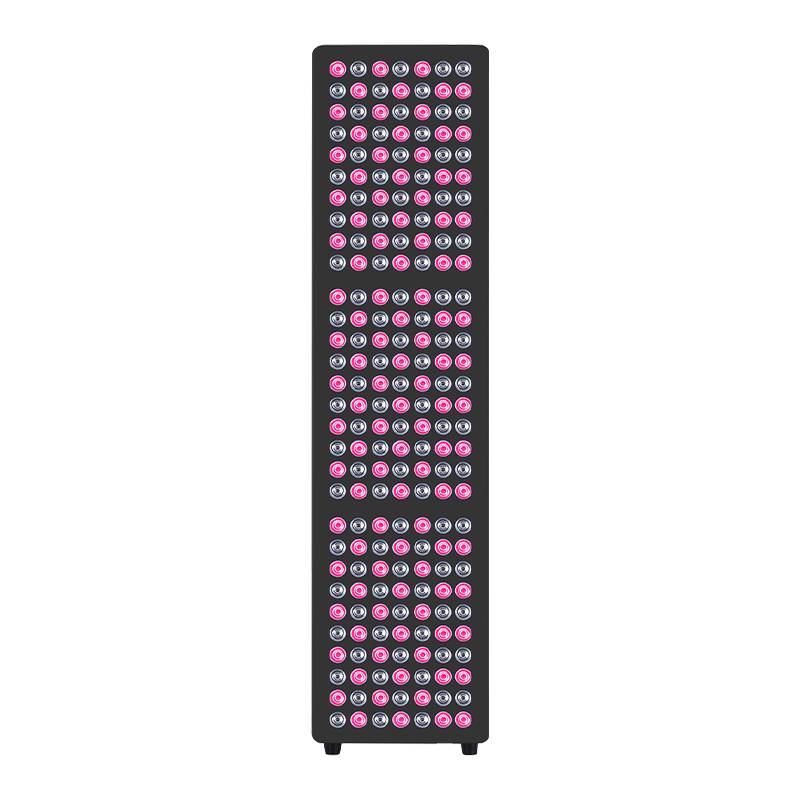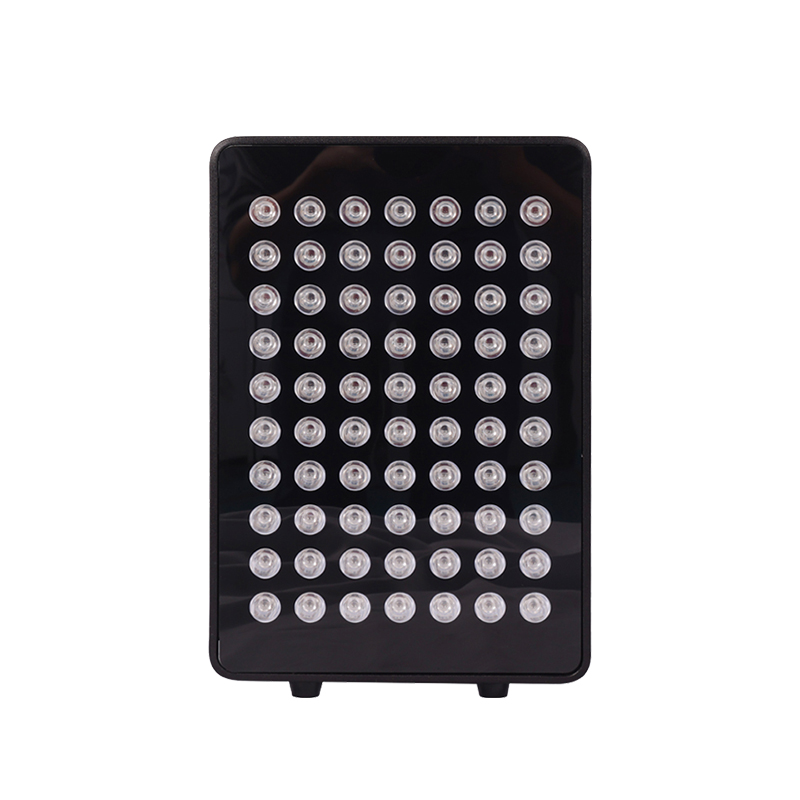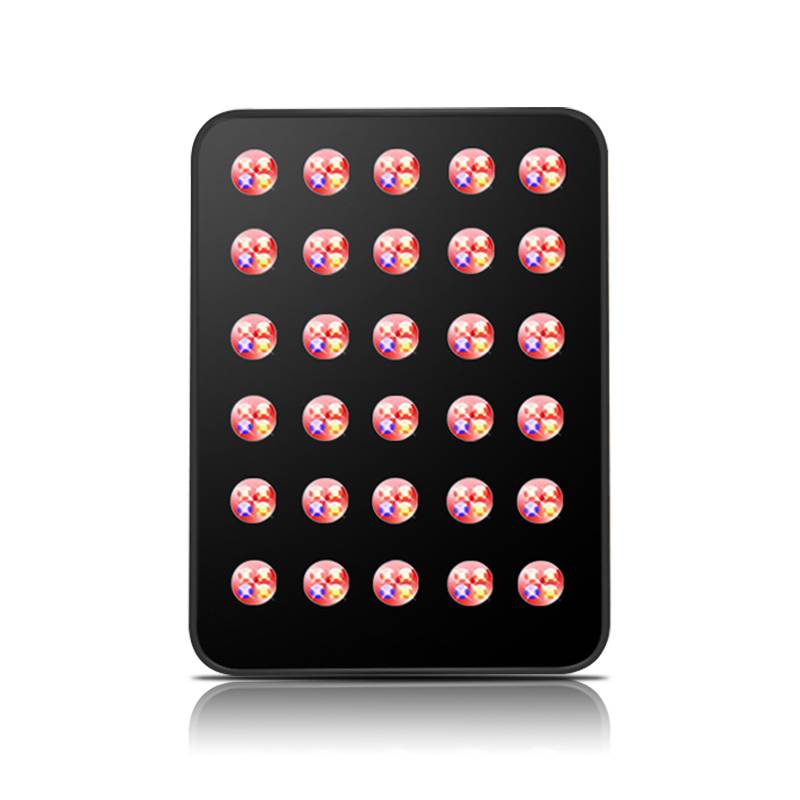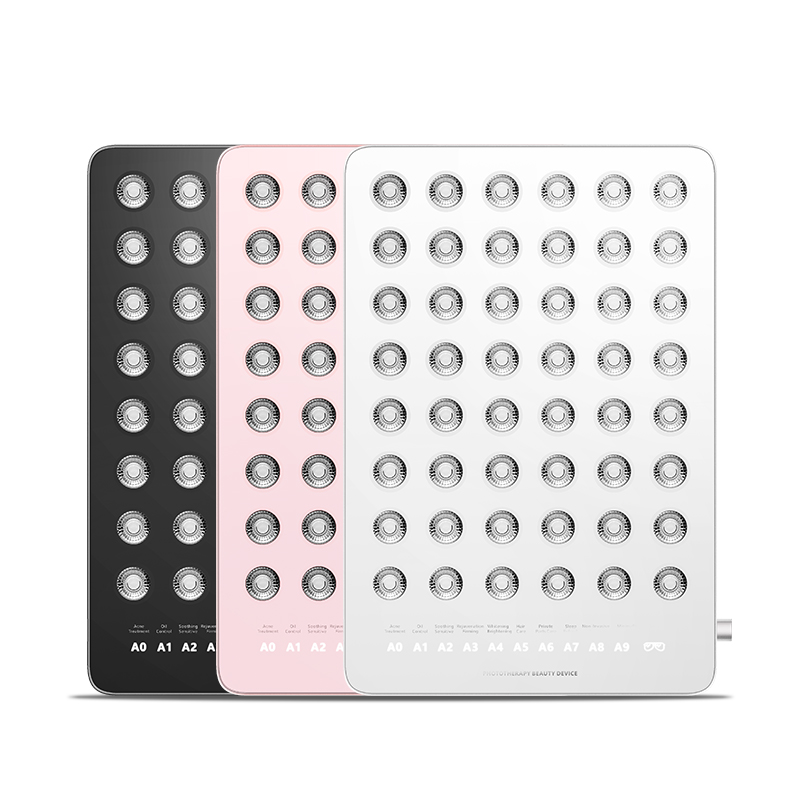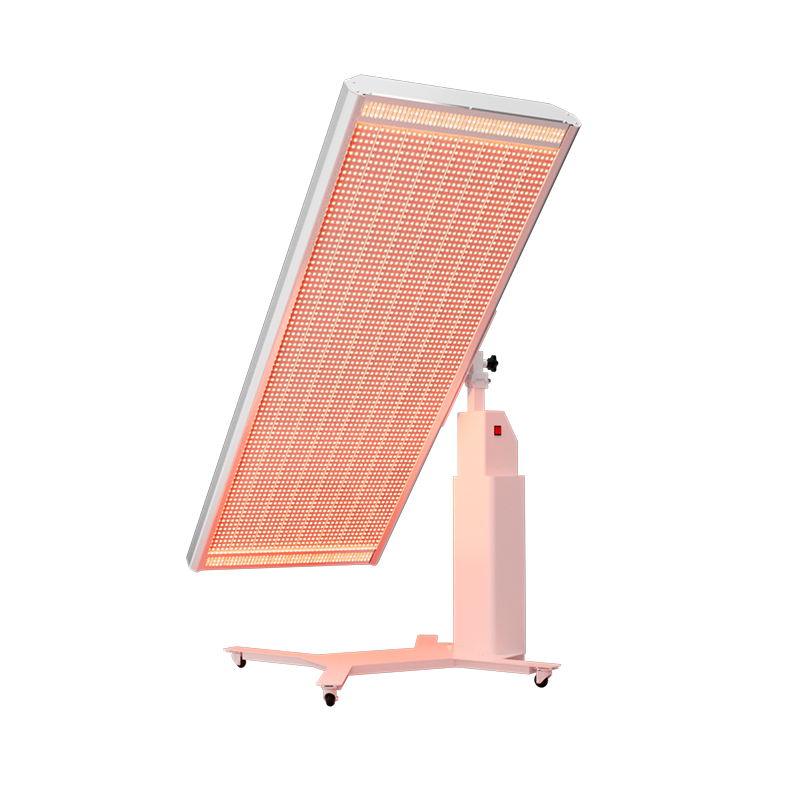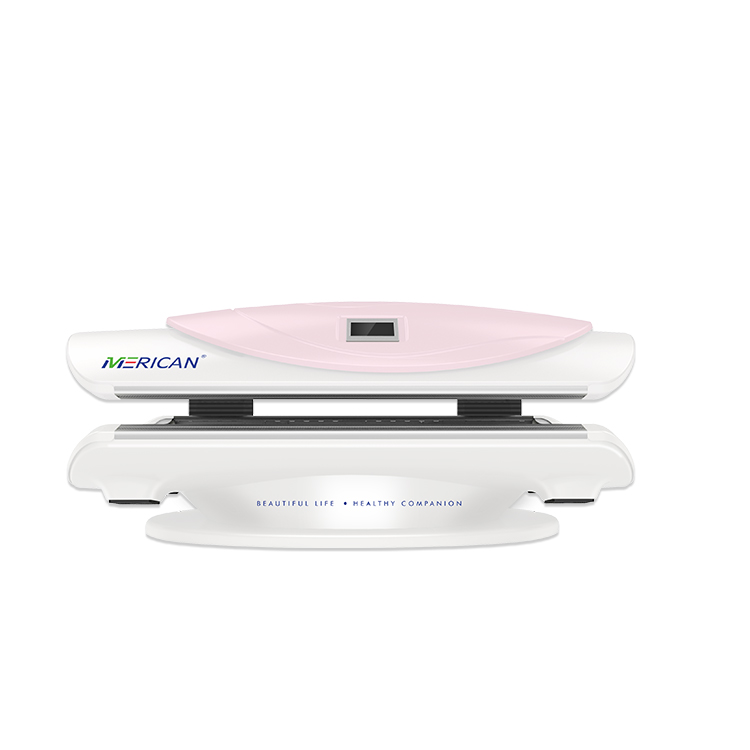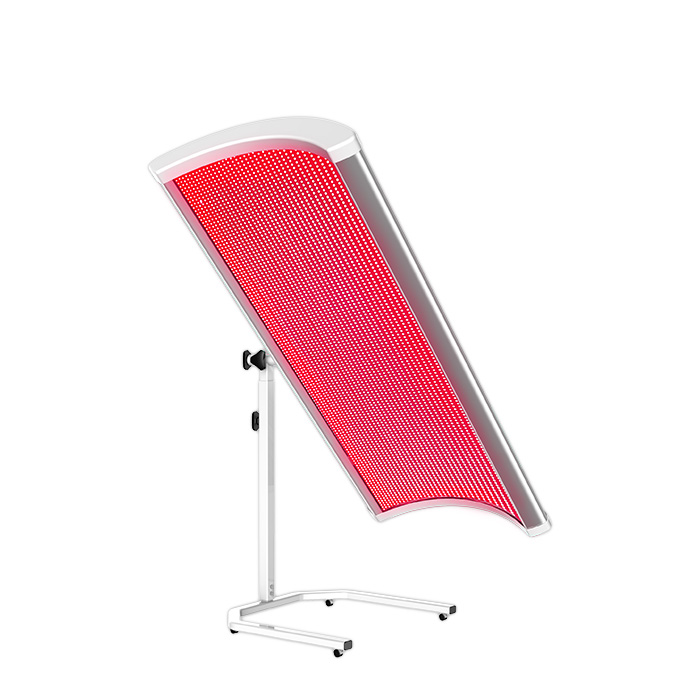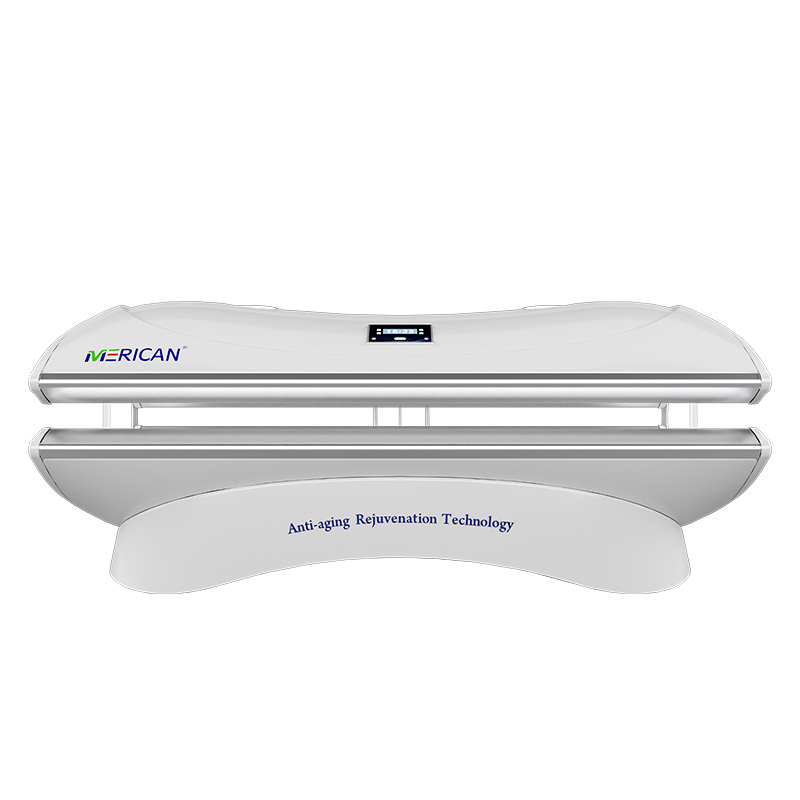Terapia com luz vermelha e bronzeamento UV oferecem benefícios e riscos diferentes para a sua pele. A terapia da luz vermelha usa comprimentos de onda não-UV para aumentar a cicatrização e melhorar a saúde da pele, Enquanto o bronzeamento UV fornece um bronzeado, mas pode levar a danos na pele e aumento do risco de câncer. Quero entender como esses tratamentos diferem e seu impacto em sua pele? Continue lendo para explorar os detalhes!

Definição
O que é terapia com luz vermelha?
A terapia da luz vermelha usa uma gama específica de comprimentos de onda de luz não-UV, normalmente entre 600 e 900 nm, para penetrar na pele e estimular os processos de cura natural do corpo.
A luz vermelha ajuda a aumentar o fluxo sanguíneo, produção de colágeno, e rotatividade celular, levando a melhorias na textura da pele, tom, e saúde geral.
A terapia da luz vermelha é considerada um tratamento seguro e não invasivo que não danifica a pele, e é frequentemente usado para reduzir a aparência de linhas finas, rugas, cicatrizes, e acne, bem como promover a cicatrização e aliviar a dor.
O que é bronzeamento UV?
O bronzeamento UV envolve a exposição ao ultravioleta (ultravioleta) radiação, que faz parte do espectro invisível da luz.
Existem dois tipos principais de raios UV usados no bronzeamento: UVA e UVB.
Uva penetra mais profundamente na pele e é o principal responsável pelo bronzeamento, enquanto UVB é mais responsável pela queima e também está envolvido na produção de vitamina D. Radiação UV, Especialmente UVB. Pode causar danos ao DNA, levando ao envelhecimento da pele e um risco aumentado de câncer de pele.
Benefícios
Terapia com luz vermelha: É usado para uma variedade de propósitos, incluindo rejuvenescimento da pele, cicatrização de feridas, reduzindo a inflamação, e tratar certas condições da pele, como acne e psoríase. Também é usado para alívio da dor e recuperação muscular.
Bronzeamento UV: O principal benefício do bronzeamento UV é o efeito cosmético de um bronzeado, que muitas pessoas acham esteticamente agradável. A exposição UV também leva à produção de vitamina D, o que é essencial para a saúde óssea e outras funções corporais. No entanto, Os riscos associados à exposição a UV geralmente superam esses benefícios.
Riscos
Terapia com luz vermelha: Geralmente considerado seguro quando usado corretamente, A terapia da luz vermelha pode causar efeitos colaterais leves, como vermelhidão ou calor na pele. Não há evidências que sugerem que isso cause danos ou câncer de pele.
Bronzeamento UV: O risco mais significativo de bronzeamento UV é danos na pele, levando ao envelhecimento prematuro (rugas, pele de couro) e um risco aumentado de câncer de pele, incluindo melanoma. A exposição ocular aos raios UV também pode causar danos à córnea e contribuir para o desenvolvimento de cataratas.
Conclusão
Enquanto a terapia da luz vermelha e o bronzeamento UV podem ter benefícios cosméticos e terapêuticos, Eles operam através de diferentes mecanismos e carregam riscos diferentes. A terapia da luz vermelha é geralmente considerada mais segura e é usada para uma gama mais ampla de aplicações terapêuticas sem os riscos associados à exposição a UV. Bronzeamento UV, por outro lado, fornece um bronzeado, mas ao custo de possíveis danos à pele a longo prazo e maior risco de câncer. Portanto, Os indivíduos devem considerar cuidadosamente esses fatores ao escolher entre os dois.

